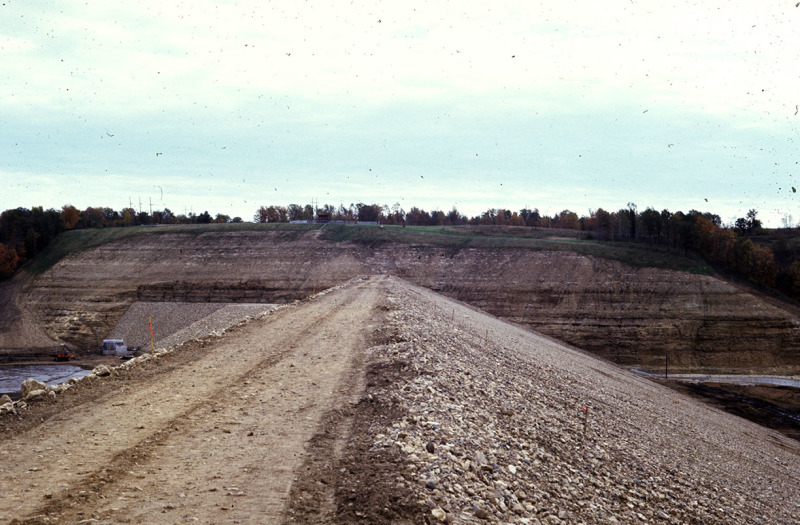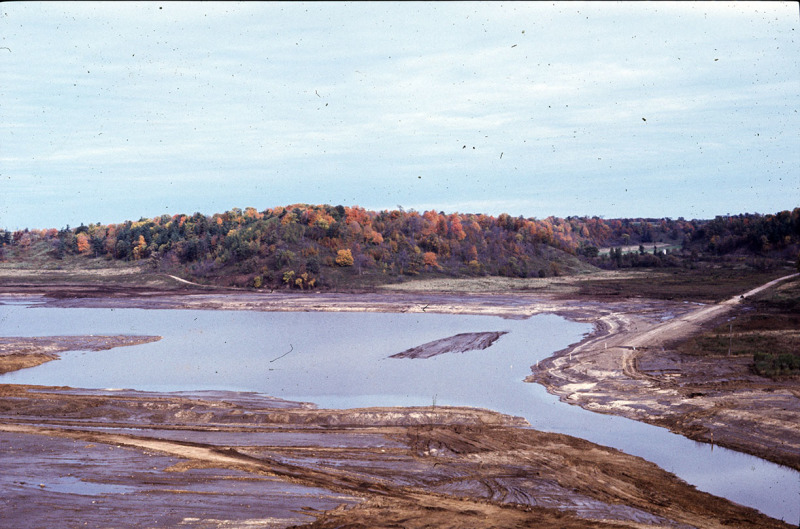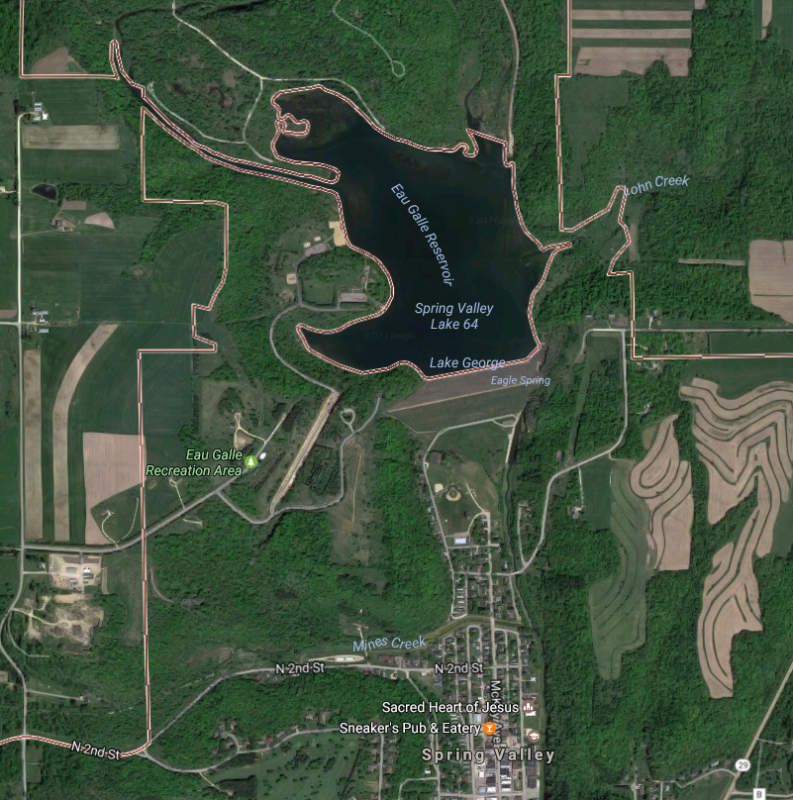-
1
- #1
I do not live in the US, but this article was interesting:
Follow along with the video below to see how to install our site as a web app on your home screen.
Note: This feature may not be available in some browsers.
[URL unfurl="true" said:http://www.damsafety.org/media/Documents/STATE_INFO/STATE_DATA_CALL/NID_MethodologyManual.pdf[/URL]]
Federal law and the ASDSO Model State Dam Safety Program define a dam as “any artificial barrier,
including appurtenant works, which impounds or diverts water, and which (1) is twenty-five feet or more
in height from the natural bed of the stream or watercourse measured at the downstream toe of the barrier,
or from the lowest elevation of the outside limit of the barrier, if it is not across a stream channel or
watercourse, to the maximum water storage elevation; or (2) has an impounding capacity at the maximum
water storage elevation of fifty acre-feet or more.
This definition does not apply to any such barrier which is not in excess of six feet in height, regardless of
storage capacity or which has a storage capacity at maximum water storage elevation not in excess of
fifteen acre-feet, regardless of height, (PL 92-367; Dam Safety Act of 1972) unless such barrier, due to its
location or other physical characteristic, is likely to pose a significant threat to human life or property in
the event of its failure.” (PL 99-662, Water Resources Development Act of 1986).





